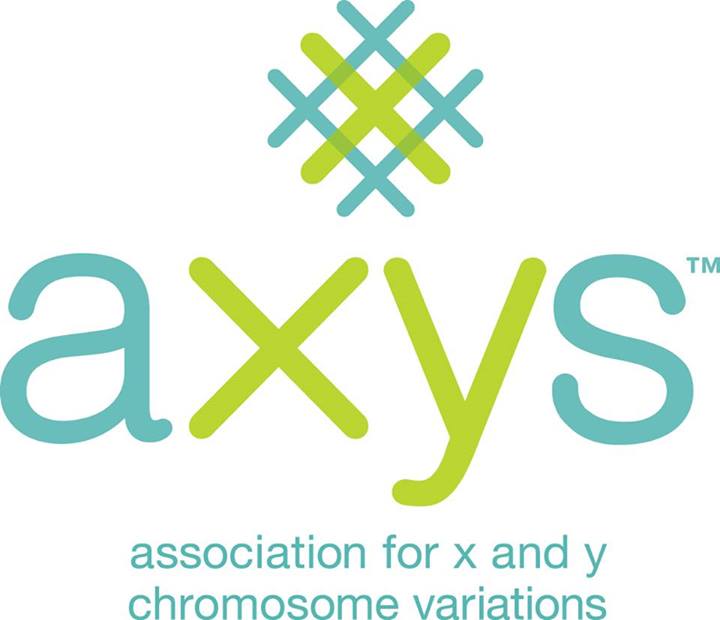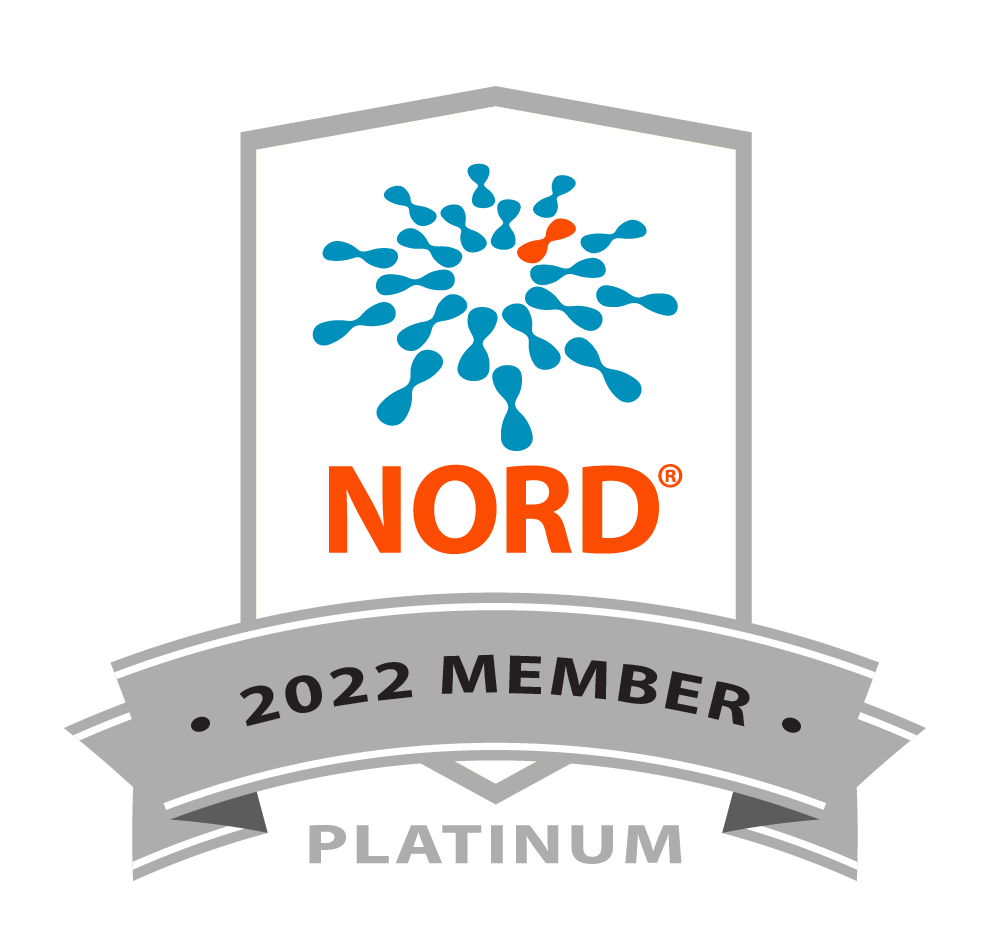The Association for X and Y Variations (AXYS) is an advocacy, education and support organization for individuals with X and Y chromosome variations and their families.
AXYS, formerly known as Klinefelter Syndrome and Associates (KS&A), was founded in 1989 by Melissa Aylstock, the mother of a child with Klinefelter syndrome. Her goal was to provide support for other families, raise awareness among the public, and promote education and research.
Over time, KS&A expanded its focus to include other SCA conditions. The name was changed to AXYS in 2014 to reflect all X and Y chromosome variations.
The X and Y variations are also known as “supernumerary sex chromosome aneuploidy” (SCA). They include the trisomies of 47,XXY (Klinefelter syndrome), 47,XYY, and 47,XXX (Trisomy X). Also included are the more rare 48- and 49-chromosome variations 48,XXYY; 48,XXXY; 48,XXXX; 49,XXXXY; and 49,XXXXX.
Mission Statement
The mission of AXYS is to help individuals with one or more extra X and/or Y chromosomes and their families to lead fuller, more productive lives.
AXYS fulfills this mission by satisfying previously unmet needs and improving the lives of those impacted by the X and Y chromosome aneuploidies including Klinefelter syndrome (47,XXY), Trisomy X (47,XXX), 47,XYY syndrome, 48,XXYY, and related genetic conditions through:
- Support geared to the needs of individuals, their families, and the professionals who serve them
- Education that provides current, scientifically accurate information to our constituents and to the public
- Promoting research that advances knowledge of the field
- Improving treatment options and access for those affected by the conditions
AXYS celebrates the diversity of the human family, including sex and gender, skin color, ethnicity, religion, sexual orientation, gender identity, age, socioeconomic status, physical characteristics and mental abilities.
AXYS X and Y Chromosome Variations Brochure
Trifold brochure printing instructions: Be sure you are printing in two-sided (duplex) mode, and to select the “Flip on Short Edge” or “Short-Edge Binding” option, if available in the Print dialog box or any associated dialog boxes.


